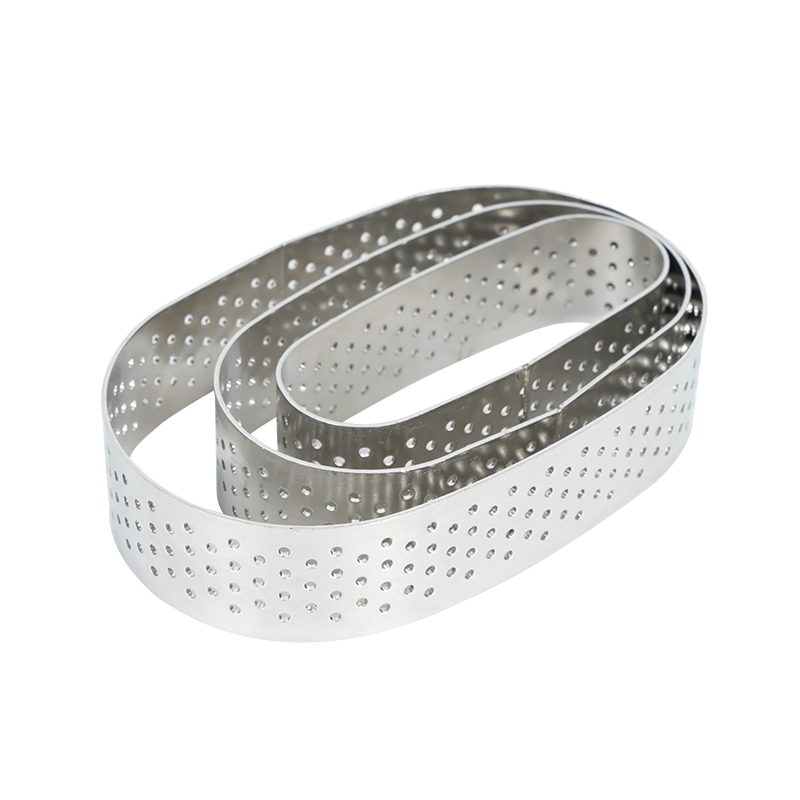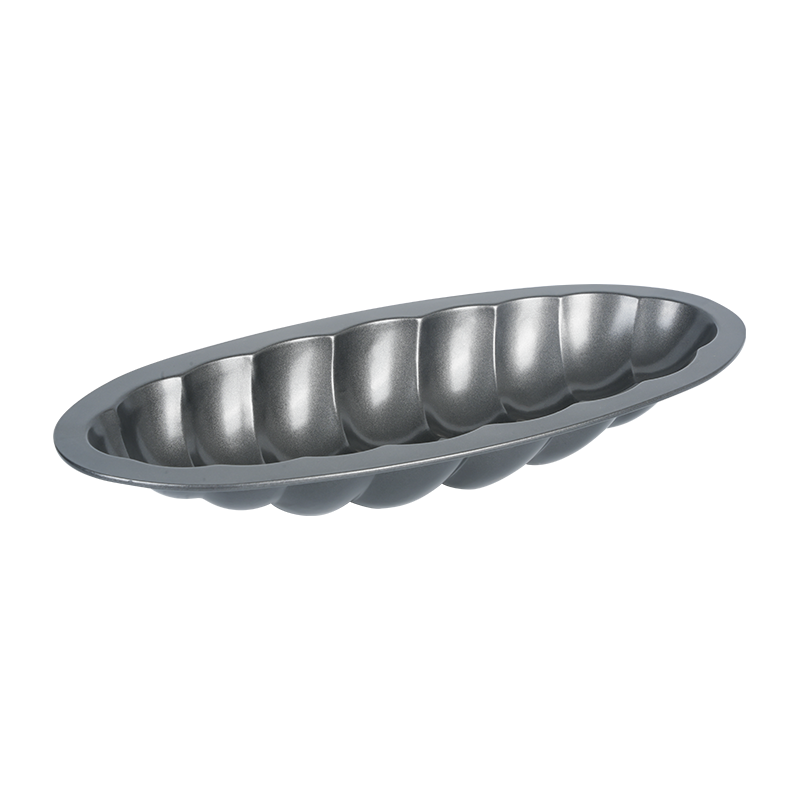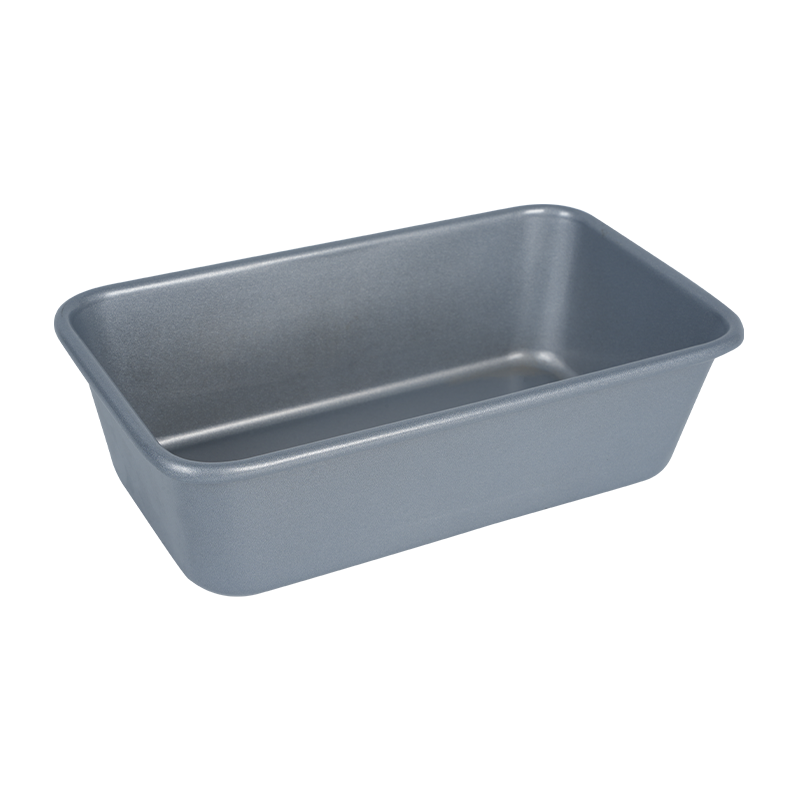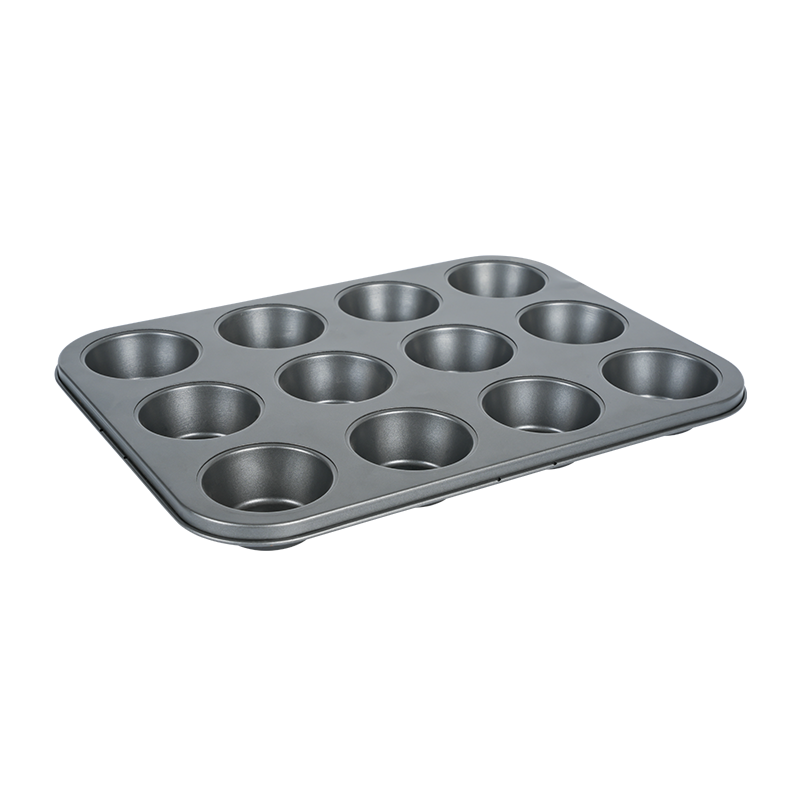The company relies on a high degree of brand awareness, fine product quality, convergence of multiple strong advertising media power, and through the integration of capital, knowledge, talent technology, channels, information operations.
A Colander Pasta Strainer Factory represents the core of innovation in kitchenware manufacturing, where functionality and hygiene intersect with design and efficiency. Modern strainers are no longer just basic tools for draining pasta; they now serve multiple purposes, from rinsing vegetables to separating liquids in cooking processes. The quality of such products depends on several aspects—material choice, perforation precision, ergonomic design, and production consistency—all of which determine user satisfaction and product lifespan.
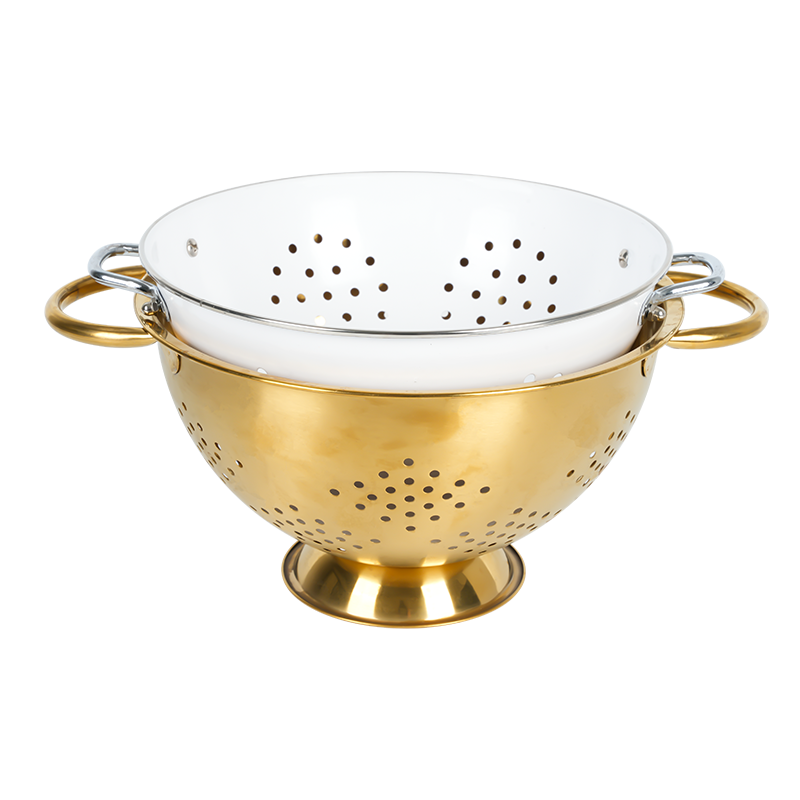
Material Selection and Structural Integrity
The foundation of a durable strainer lies in its raw materials and structural design.
- Stainless Steel Dominance: High-grade stainless steel is often used for its corrosion resistance, strength, and ease of cleaning. It withstands both high heat and chemical exposure from detergents.
- Plastic and Silicone Options: Lightweight and flexible alternatives, such as BPA-free plastic or silicone, cater to users who prefer compact or collapsible designs.
- Reinforced Frames: Factories that integrate metal rims or reinforced joints improve the overall rigidity of the colander, preventing warping or handle breakage during heavy use.
Precision in Manufacturing and Quality Control
In a Colander Pasta Strainer Factory, precision engineering ensures uniform performance across large-scale production.
- Perforation Accuracy: Evenly spaced holes are critical for efficient draining without retaining excess water or food particles. Laser or CNC punching machines are often used for high-precision results.
- Surface Finishing: Polished interiors prevent food residues from sticking, while brushed exteriors enhance grip and reduce visible wear.
- Testing Standards: Factories conduct mechanical load and corrosion tests to ensure each batch meets durability benchmarks before shipment.
Design Ergonomics and User Experience
An efficient strainer must offer convenience during handling and cleaning.
- Handle Design: Heat-resistant, anti-slip handles improve safety and control during draining, especially when working with hot liquids.
- Base Stability: Wide bases or integrated foot rings help the strainer sit securely in sinks or bowls, allowing hands-free operation.
- Compact Storage: Stackable or collapsible designs appeal to users with limited kitchen space, reflecting growing market demand for practical storage solutions.
Thermal and Chemical Resistance
The ability to handle various kitchen conditions determines the product’s longevity.
- Heat Exposure: High-quality stainless steel strainers can tolerate temperatures above 200°C, suitable for direct contact with boiling water or steam.
- Chemical Resistance: Surfaces treated with protective coatings resist discoloration and oxidation from saltwater or detergents.
- Dishwasher Compatibility: Factories now design strainers that maintain structural integrity after repeated washing cycles, ensuring convenience without quality loss.
Innovation and Sustainability in Production
Guiding manufacturers to integrate eco-conscious principles and automation to meet modern demands.
- Automated Production Lines: Robotics ensures consistent hole patterns, faster assembly, and reduced labor costs.
- Recyclable Materials: Environmentally friendly metal alloys and recyclable plastics reduce ecological footprints.
- Waste Reduction: Smart cutting and forming technologies reduce material waste during sheet processing.
Comparison with Traditional Strainers
Modern production has greatly improved over older handcrafted models.
- Consistency: Machine fabrication provides better uniformity and durability compared to manual punching or welding.
- Safety: Rounded edges and smooth finishes prevent injuries or damage to cookware.
- Hygiene: Advanced coatings inhibit bacterial buildup, addressing key concerns in food safety regulations.
Market Trends and Global Demand
The global kitchenware market increasingly favors versatile, durable, and aesthetically refined strainers.
- Aesthetic Appeal: Colored silicone coatings and designer patterns enhance visual presentation for retail markets.
- Multi-Function Designs: Some strainers double as steamer baskets or salad bowls, offering multifunctionality for home and commercial kitchens.
- Customization Services: OEM and ODM services allow brands to collaborate directly with factories for tailored designs and branding opportunities.

 English
English русский
русский Español
Español